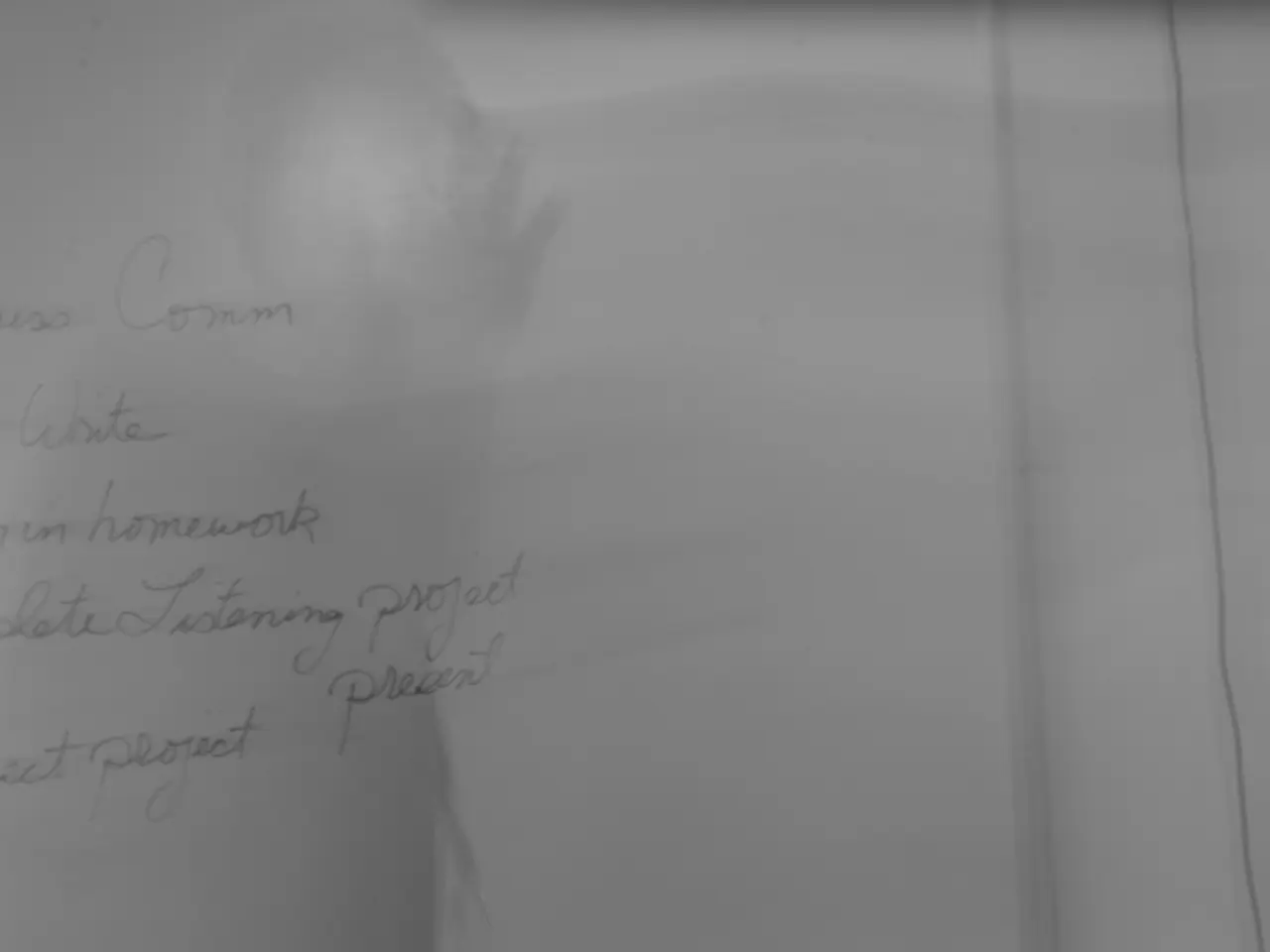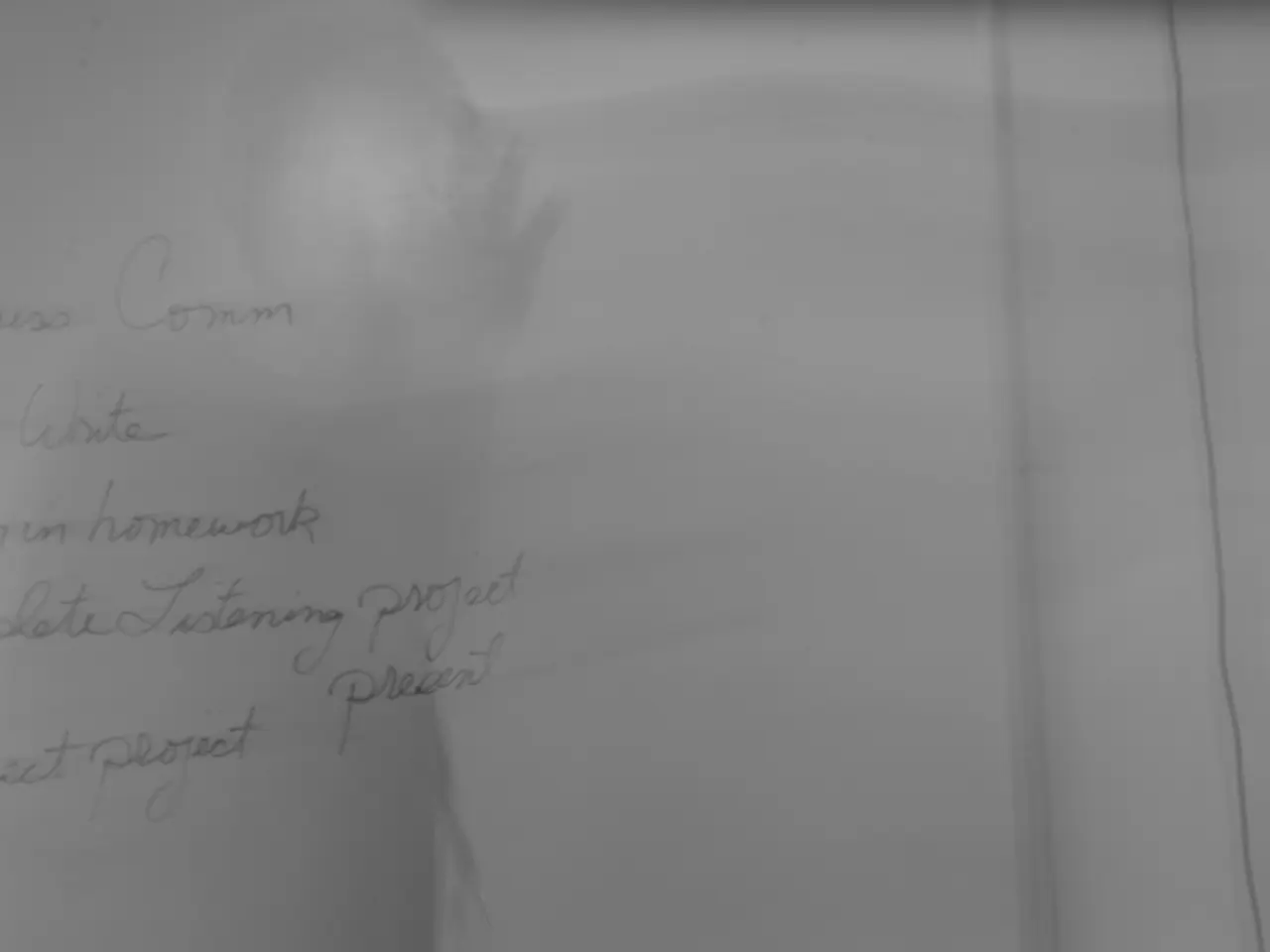Increased profit forecast for India's cement industry driven by robust demand in the fiscal year 2025-2026.
In a recent report, Crisil has highlighted key factors driving the recovery in India's cement demand during the current financial year. The primary driver is the increase in rural housing demand, supported by rising agricultural income and improved rural disposable income, which is boosting construction activity in rural areas.
The report also points out increased government capital expenditure on infrastructure and a sustained real estate market, including housing initiatives like the Pradhan Mantri Awas Yojana (PMAY), as significant contributors to cement demand.
Cement prices, which were flat for two years, have seen a healthy rise of 2-4% this fiscal, leading to improved operating profitability of around Rs 975-1,000 per tonne, slightly above the decade average. Stable input costs and increased use of cost-effective green energy are helping manufacturers maintain profitability despite raw material price hikes.
The report predicts that the operating profitability of cement manufacturers will increase to approximately Rs 1000 per tonne this fiscal year. Higher disposable income because of tax cuts and moderate inflation will also support rural housing demand. Healthy accruals combined with robust balance sheets will maintain the credit profiles of cement manufacturers.
However, potential risks to cement demand include an extended monsoon impacting construction activity or lower infrastructure spending. The growth in the infrastructure segment, a key demand driver, is expected to be relatively slow due to lower awarding of national highway projects and subdued capital outlay growth for railways.
The report warns of potential risks to profitability from any adverse movement in commodity and energy prices due to global geopolitical tensions. The growth in India's cement demand is expected to be driven by a 7-8% growth in the rural housing segment this fiscal year, with the infrastructure segment contributing around 30%.
The cement demand in the last financial year experienced a soft patch in the first half, with a growth of 2-3%. However, a recovery occurred in the second half, resulting in annual demand growth of around 5%. Crisil's report predicts that India's cement demand will recover to between 6.5% and 7.5% during the current financial year, marking a significant recovery from the prior year's growth.
The report further suggests that the growth in the finance sector, with higher disposable income due to tax cuts and moderate inflation, will continue to fuel rural housing demand, thereby boosting the cement industry. Additionally, the finance sector's stable input costs and increased use of cost-effective green energy are among the factors helping cement manufacturers maintain profitability and improve their business operations.




